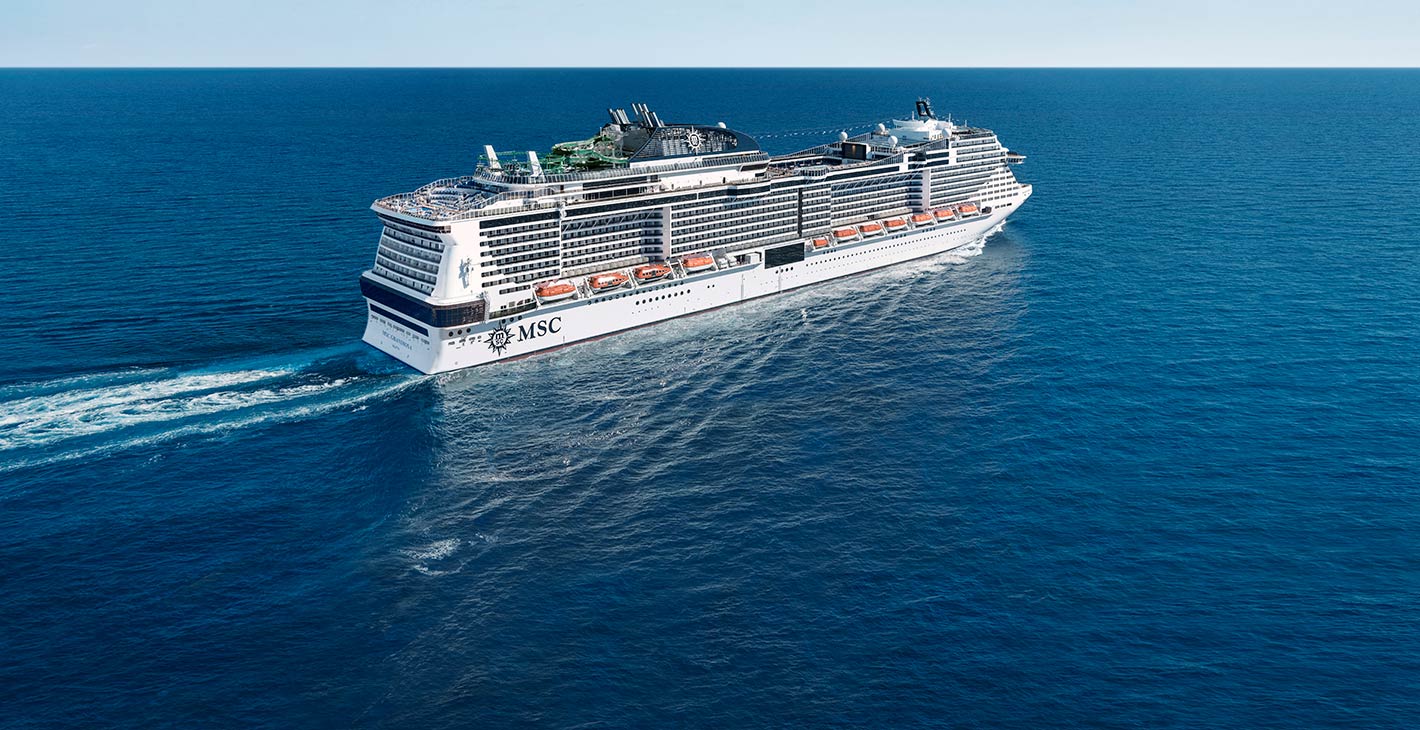tokyo cruise via Yokohama

A Welcoming City
On its southern borders Tokyo merges with Yokohama, Japan’s second most populous city and a major international port. When you step aground from your MSC cruise you will find that Yokohama feels far more spacious and airy than the capital, thanks to its open harbour frontage and generally low-rise skyline.
When Commodore Perry sailed his “Black Ships” into Tokyo Bay in 1853, Yokohama was a mere fishing village of some eighty houses on the distant shore. But it was this harbour, well out of harm’s way as far as the Japanese were concerned, that the shogun designated one of the five treaty ports open to foreign trade in 1858. From the early 1860s until the first decades of the twentieth century, Yokohama flourished on the back of raw silk exports, a trade dominated by British merchants.
During this period the city provided the main conduit for new ideas and inventions into Japan: the first bakery, photographers’, ice-cream shop, brewery and – perhaps most importantly – the first railway line, which linked today’s Sakuragichō with Shimbashi in central Tokyo in 1872. The Great Earthquake levelled the city in 1923, and it was devastated again in air raids at the end of World War II; the rebuilt city is, however, among the world’s largest ports.
Locals are proud of their city’s international heritage, and there’s definitely a cosmopolitan flavour to the place, with its scattering of Western-style buildings, Chinese temples and world cuisines, and its sizeable foreign community. The upmarket suburb of Yamate (also known as “the Bluff”) is one of the city’s highlights and boasts a splendid museum; the area forms a pleasant contrast with the vibrant alleys, colourful trinket shops and bustling restaurants of nearby Chinatown. Near the seafront, Kannai boasts a few grand old Western edifices, in complete contrast to the Minato Mirai 21 development’s hi-tech skyscrapers in the distance.
Cruises from / to Yokohama (Tokyo) in 2025
EXCURSIONS & ACTIVITIES
TRAVEL TO THE Yokohama (Tokyo) CRUISE TERMINAL
Port address: DAIKOKU-FUTO
13 Daikoku Pier, Tsurumi Ward, Yokohama City, Kanagawa Prefecture.
Shuttle bus service:
To reach DAIKOKU FUTO Cruise terminal,
MSC CRUISES organizes a shuttle bus service.
The meeting point is at YAMASHITA PARK.
This service runs from 30 min before your check in time until 2 hrs before the departure of the ship.



